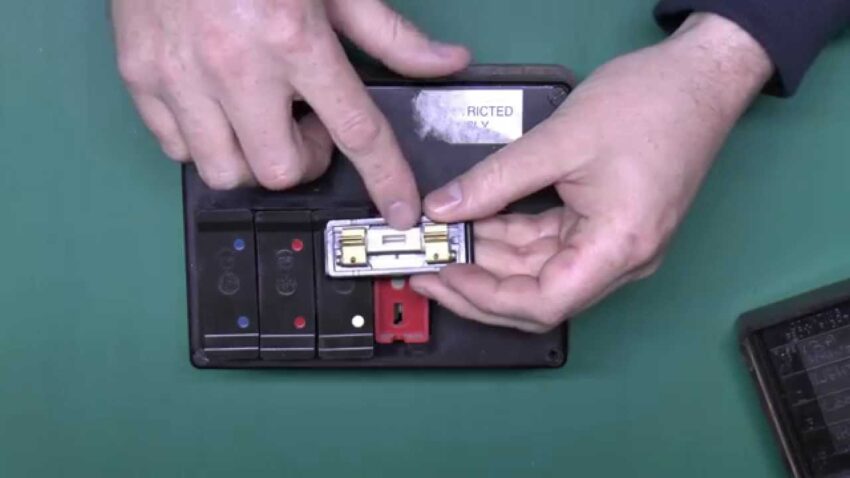Ensuring the safety of your home’s electrical system is paramount, and one crucial aspect of this is the condition of your fusebox. Over time, fuseboxes can become outdated and overloaded, posing a risk of electrical fires and other hazards. This article explores the importance of a fusebox change in ensuring your home’s electrical safety.
Why Consider a Fusebox Change?
Preventing Electrical Fires
One of the primary reasons to consider a fusebox change is to prevent electrical fires. Older fuseboxes may not be able to handle the electrical demands of modern homes, leading to overloaded circuits and potential hazards.
Enhancing Safety
Upgrading to a modern consumer unit with circuit breakers enhances the safety of your home’s electrical system. Circuit breakers can trip and cut off power in the event of an overload or short circuit, preventing potential hazards.
Meeting Regulatory Standards
Upgrading your fusebox ensures that your home meets current regulatory standards and codes. This is especially important if you are planning to sell your home, as non-compliance can affect its value and safety.
Signs You Need a Fusebox Change
Fuses Frequently Blow
If you find yourself replacing fuses frequently, it may be a sign that your fusebox is overloaded or outdated. A fusebox change can help prevent this issue and improve the safety of your electrical system.
Buzzing or Crackling Noises
Buzzing or crackling noises coming from your fusebox can indicate loose connections or other electrical issues. It’s important to address these issues promptly to prevent potential hazards.
Flickering Lights
Flickering lights can be a sign of an overloaded circuit or other electrical issues. If you notice this problem, it’s best to have your fusebox inspected by a qualified electrician.
How the Fusebox Change Process Works
Inspection
Before a fusebox change, a qualified electrician will inspect your current electrical system to determine the best course of action. They will assess the condition of your fusebox and identify any potential issues.
Installation
Once the inspection is complete, the electrician will proceed with the installation of the new fusebox. This process involves disconnecting the old fusebox, installing the new one, and connecting the circuits to the new box.
Testing
After the installation is complete, the electrician will test the new fusebox to ensure that it is functioning correctly. They will check for any issues and make any necessary adjustments to ensure that your electrical system is safe and reliable.
Conclusion
A fusebox change is essential for ensuring the safety of your home’s electrical system. By addressing signs that indicate the need for a change and consulting with a qualified electrician, you can ensure that your electrical system is safe, reliable, and up to code.
